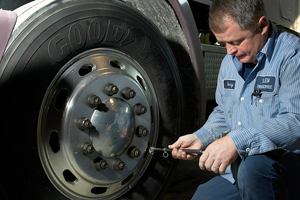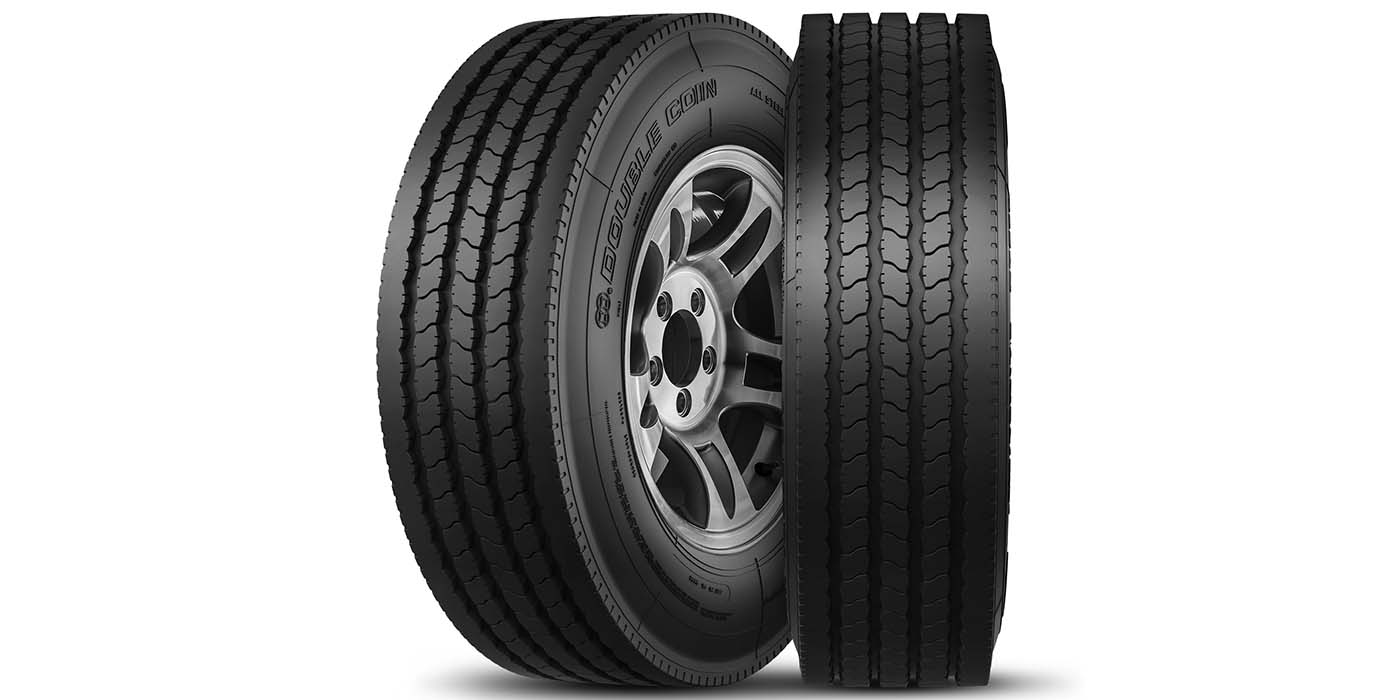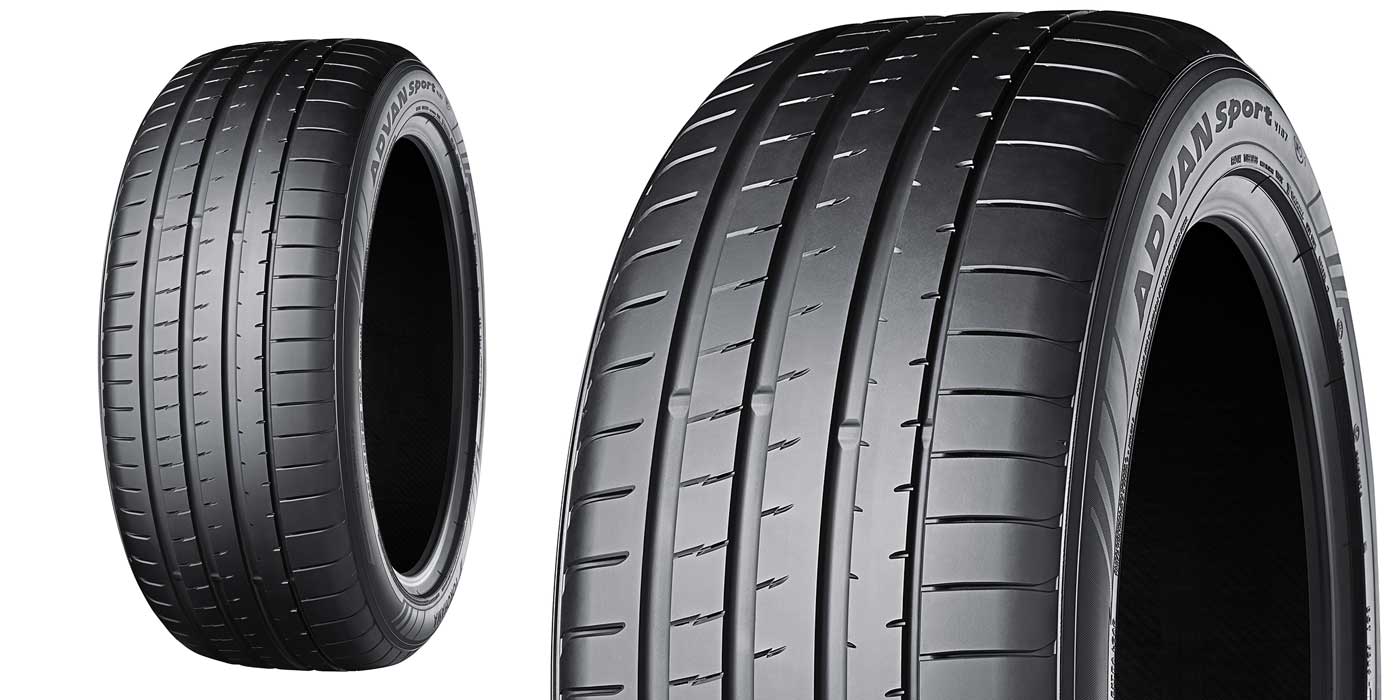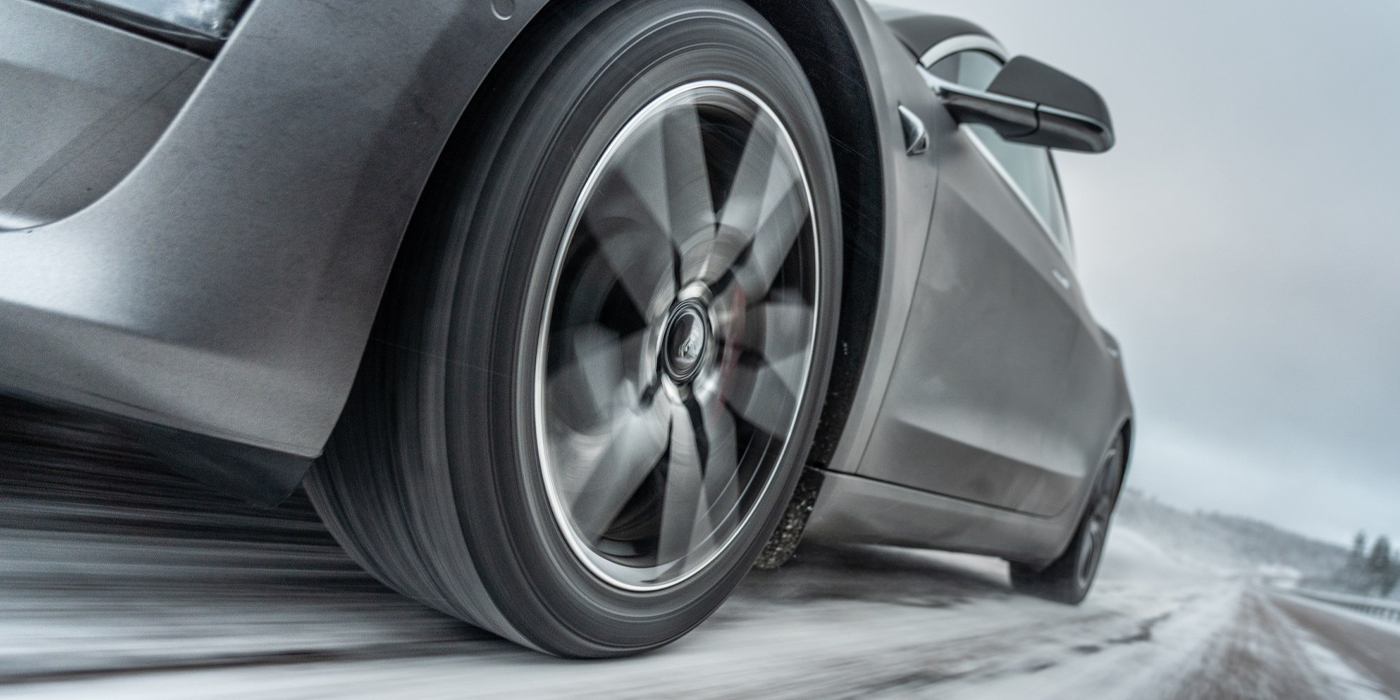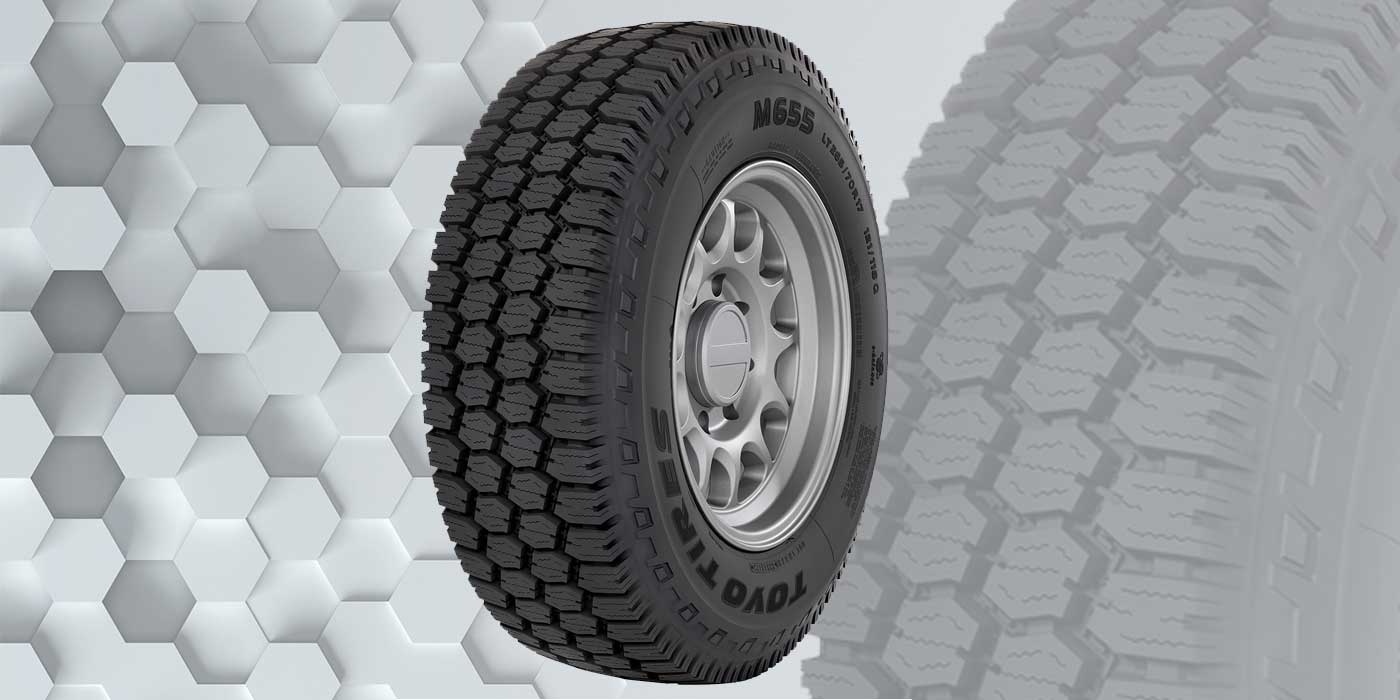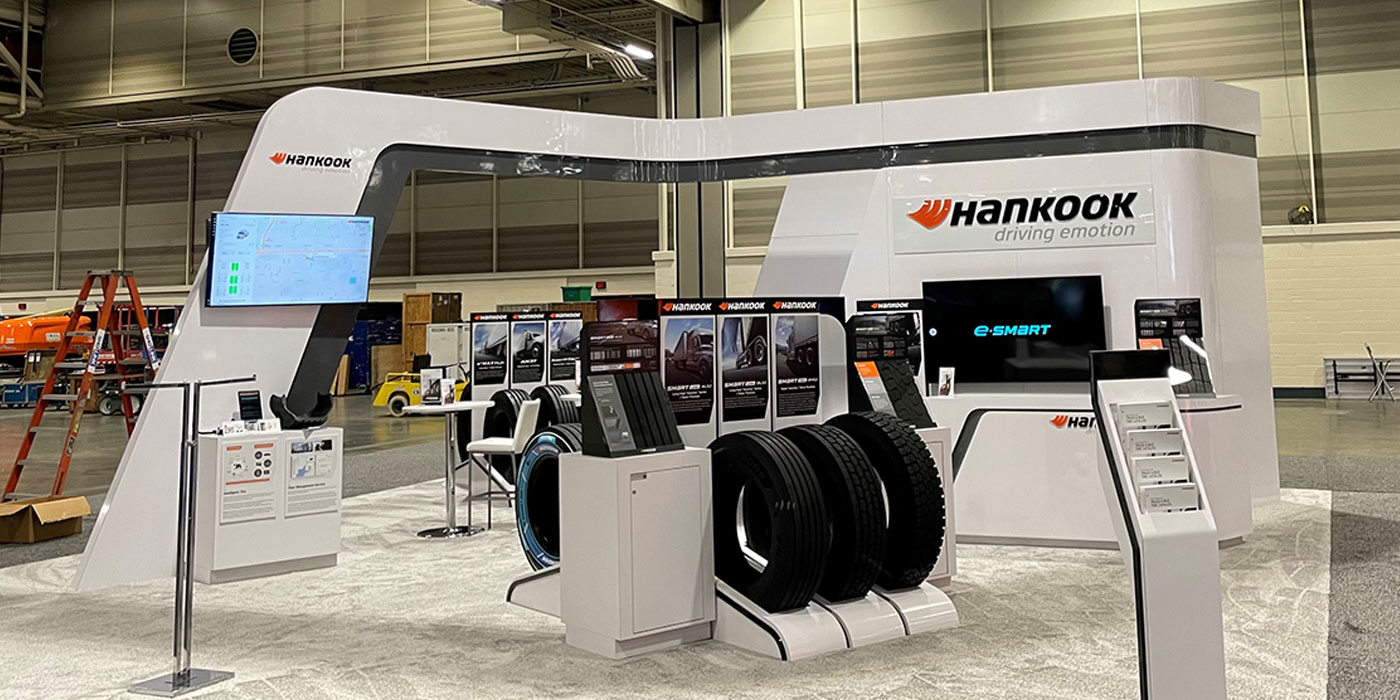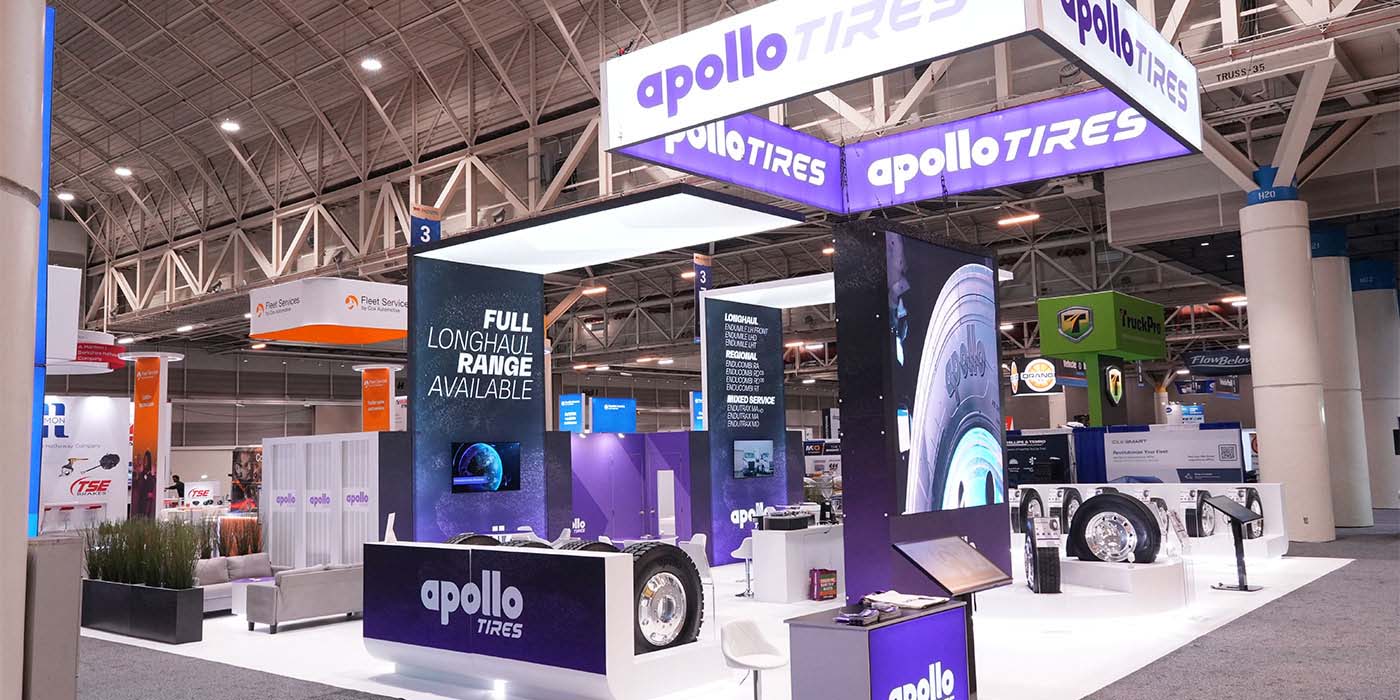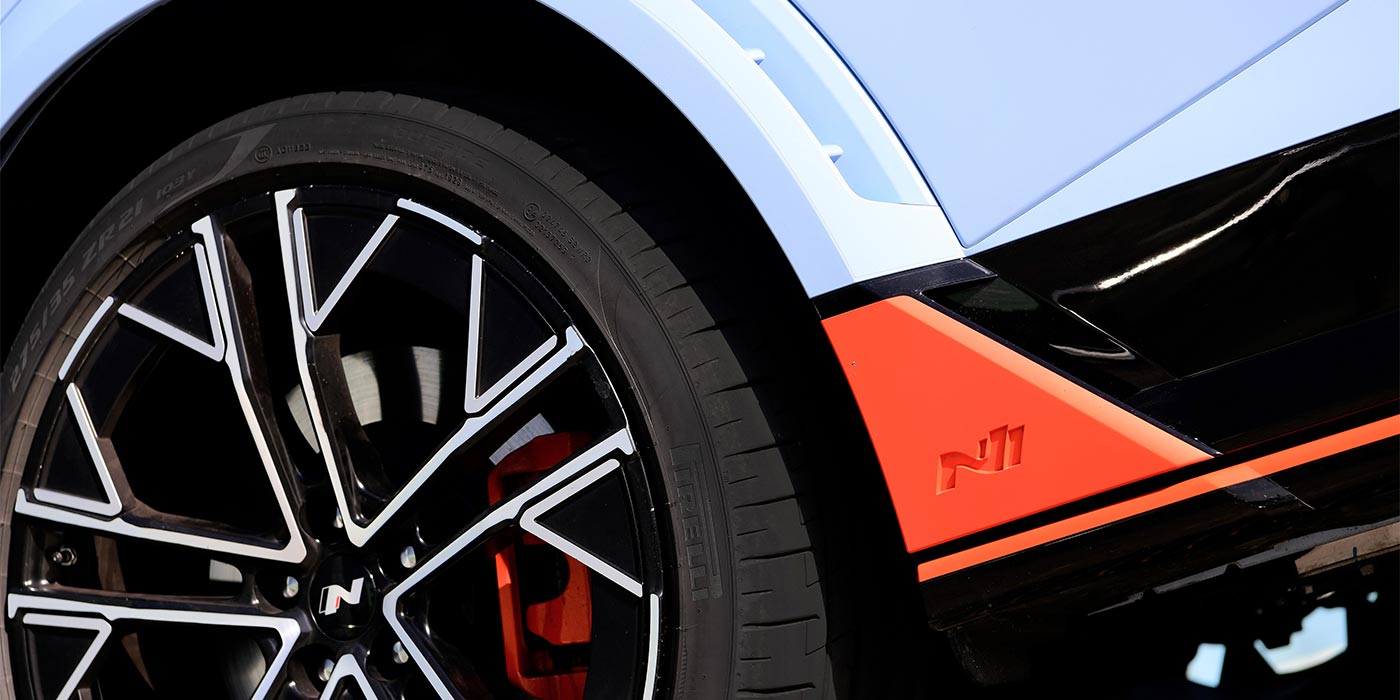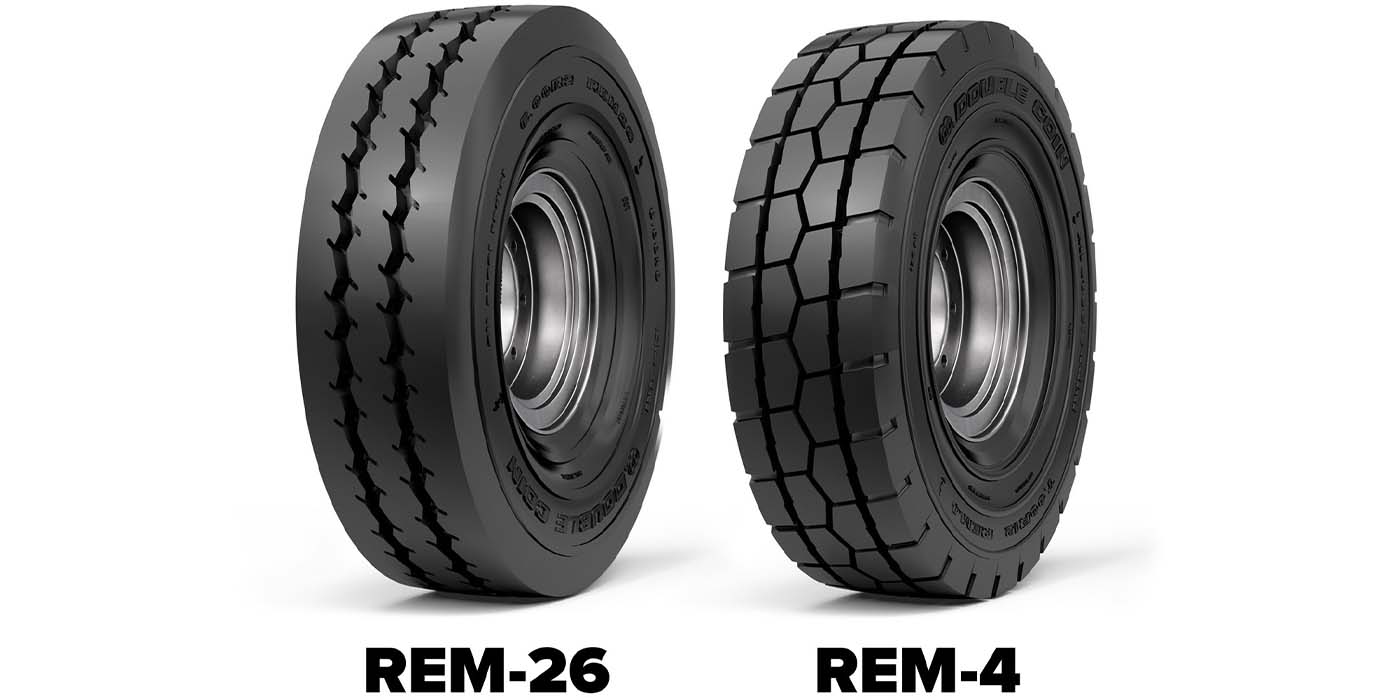In 2010, the Federal Motor Carrier Safety Administration (FMCSA) rolled out the Compliance, Safety, Accountability (CSA) program to make sure drivers and fleets are not only driving safely, but are also operating safe vehicles.
Since its infancy, the program has undergone a few changes, but tire maintenance violations remain a serious safety risk that should not be taken lightly. To keep you up-to-date, Tire Review spoke with truck tire experts on the role tires play in CSA inspections and scores.
Tires are among the top three CSA violations, along with brakes and lights, says Al Cohn, director of new market development and engineering support at Pressure Systems International.
“It’s really a safety issue,” Cohn adds. “The tires carry the load for the vehicle and if the tires have a low pressure, for example, or are running flat, that’s a danger. The tires can blow out and that’s a safety issue for not only the vehicle to maintain control, but also for vehicles passing.”
“And also if tread depth is low, then your traction is bad. So stopping distance goes way down, and, again, that’s safety related.”
CSA tire violations are found under the vehicle maintenance category from the seven Behavior, Analysis, Safety Improvement Categories (BASIC) areas.
The BASICs include:
• Unsafe Driving
• Hours-of-Service Compliance
• Driver Fitness
• Controlled Substances/ Alcohol
• Vehicle Maintenance
• Hazardous Materials Compliance
• Crash Indicator
When a driver is given a CSA violation, he or she is given penalty points that range from 3 to 10 points, depending on the severity of the violation. Tire violations are either 3 or 8 points.
8-point tire violations include:
• Flat tire or exposed fabric
• Ply or belt material exposed
• Tread or sidewall separation
• Tread depth
• Audible air leak
• Cut exposing ply or belt material
3-point tire violations include:
• Using regrooved tires (on front of truck/truck-tractor)
• Underinflated tires
• Tire load weight rating
When a driver is given points for a violation, both the fleet and the driver’s Safety Measurement System (SMS) results will be affected for two years. As part of the updated CSA Operational Model, the SMS has replaced SafeStat.
According to the FMCSA, the SMS uses information from state-reported crashes, federal motor carrier census data and roadside inspections – which includes CSA violations – to quantify the safety performance of fleets and drivers within the CSA BASICs listed earlier. Collecting this data allows SMS to identify drivers and fleets who need interventions, identify safety problems, and monitor safety problems to see if they are getting better or worse.
“A driver’s safety performance can affect his or her pre-employment screening program record, which contains a driver’s most recent five years of crash information and the most recent three years of roadside inspection information. This could be seen by prospective future employers,” says Gary Schroeder, Cooper’s director of commercial vehicle and OE sales for its Roadmaster brand.
Maintenance
To avoid CSA tire maintenance violations, tire maintenance that includes measuring tire pressure, visual inspections, tread inspections and wheel inspections is key. While drivers are responsible for regular maintenance checks, the same basic maintenance checks hold true to tire dealers who service fleets and educate drivers on best maintenance practices.
Tire Pressure
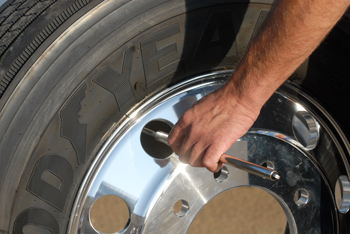
(Goodyear photo)
“Tire maintenance can help drivers and fleets avoid tire-related violations. Drivers and fleets should pay particular attention to tread depth and inflation levels,” says Mike Manges, Goodyear’s communications manager for commercial and off-highway tires.
“Many fleets maintain tread depth minimums that vary according to wheel position. Tire pressure checks should be part of pre-trip inspections. Tire inflation pressures should be checked to help ensure that they match the pressure levels that are required to carry specific loads.”
Pressure Systems International’s Cohn and Cooper’s Schroeder agree, adding that drivers need to make sure they are using a calibrated tire pressure gauge to check air pressure.
“A lot of them still use the billy club – they bang on the tire and if it bounces they think, ‘Oh, there’s plenty of air in there.’ A dull sound probably means there’s not too much air, but that’s a horrible way to do it. It’s not recommended,” Cohn says.
“The tire gauge is a whole other story because you need to be using calibrated gauges. If you’re using a gauge that you’ve had for 10 years and it’s 20 pounds off, well, that’s not going to help you at all. It’s important if you do use a stick gauge to check it first with a master gauge to see if it’s calibrated.”
Cohn notes that the CSA definition of a flat tire is essentially 50% of what’s written on the tire’s sidewall.
Tread Depth
Vigilant maintenance, which includes pre-trip and post-trip inspections, will also ensure areas such as tire tread and wheel-position are CSA compliant.
“Visual inspections are recommended, as well,” Manges notes. “And checking wheel conditions is a worthwhile practice. Drivers and fleets should pay particular attention to the condition of bolt holes.”
Checking tire tread is also a major part of visual inspections that should be done every time before getting on the road.
Schroeder says that the tire’s tread and sidewall area should be inspected for damage and uneven wear. Manges says to pay attention to exposed belt or ply materials because they will trigger a CSA inspection and penalty.
Tire tread should also be physically checked with a tread depth gauge. The minimum tread depth is 4/32nds if it’s a steer tire and 2/32nds if it’s a drive, trailer or dolly tire, Cohn says.
Inside Duals
It is also important to look at the inside duals and between the duals for debris, such at rocks, that could cause problems.
Inside duals are often neglected when inspecting tires because they are inconvenient to reach and check, making them more likely to fail a CSA inspection. Fleets that have super wide tires will not have to worry about issues with inside dual tires, but replacing tires with super wide tires is not an easy solution.
“You aren’t going to start stocking super wide tires because you don’t check your inside duals. There’s a lot of other factors go into that, plus it’s a huge investment to buy new wheels, and you have axle considerations, so you just can’t start swapping out. It’s not that easy of a swap.”
Cohn says that super wide tires are often chosen because they help fuel economy and can allow for heavier loads because they are lighter than dual tires and wheels.
“Proper tire maintenance is an important safety function whether super wides or duals are used,” Schroeder adds. “Maintaining tires is essential so tires perform as designed, and vehicle handling, traction, braking, load-carrying capability and fuel economy is not affected.”

